Heartstopper’s Alice Oseman has leapt from success to success since the age of 17. Ten years later, the 28-year-old’s talent shows no signs of stopping as their much-loved Netflix TV show’s second season (adapted from their webcomic of the same name) is due for release 3 August – and has already been renewed for season three.
Alice, who goes by she/her and they/them pronouns, is an icon of the queer community thanks to her books, graphic novels and hit TV series starring Kit Connor, Joe Locke and Olivia Colman. Plus, she has also gained attention for being a proud asexual and aromantic voice in a world where there is very little known about these orientations.
Speaking to HELLO! from her home in Kent, the Heartstopper superstar opened up about her own experiences of discovering her asexuality and aromanticism as well as the challenges she faced.
© Image courtesy of Rega PhotographyAlice Oseman is HELLO!’s digital pride cover star
Discovering asexuality and aromanticism
Alice told HELLO!: “It’s hard. We live in a society where sex and romance are prized above so many other aspects of being human. People are conditioned from birth to grow up, find a partner, get married, have children – and when you are ace and aro, you don’t necessarily fit into that sort of structure of life.
“It’s a really difficult thing to deal with, and to overcome mentally. To accept that your path in life is going to be different and the way you experience life will be too. And there’s not a lot of guidance due to the lack of representation in the media… There’s no very famous people who are openly ace and aro. There’s no education about it in schools. You’re lucky to even learn what these terms are.”
What do asexuality and aromanticism mean?
If you weren’t aware of the terms asexual and aromantic before this interview, you won’t be alone. Asexuality and aromanticism are two often misunderstood and little known identities within the LGBTQ+ community – but thankfully ones which are beginning to be more understood by wider society.
Asexuality is defined as experiencing little to no sexual attraction, meanwhile, aromanticism defines individuals who feel little to no romantic interest in others. Both terms are umbrella labels which represent a whole myriad of people and experiences who fit the general concepts of being ace and aro. (Individuals such as Alice who are asexual and aromantic often colloquially shorten the terms to both ‘ace’ and ‘aro’.)
Being asexual and being aromantic don’t have to go hand in hand – plenty of individuals define themselves as asexual but not aromantic and vice versa. However, the communities are often linked and have developed to support each other due to their overlap in representing people who don’t feel (or feel little of) different kinds of attraction, and who face a lot of the same struggles within societies which place a lot of value in finding romance.
Looking back at when she discovered her identity, Alice recalled first coming across the term ‘asexuality’ online at around the age of 18. However, it took some time for her to connect the term with her own experiences. “It was a slow learning process,” she said. “There was no one big moment where I was like, ‘Oh, that’s me.’ But while I was at uni… I slowly felt more and more like I identified with those labels.”
Finding peace with an ace and aro identity
Initially, Alice found coping with the fact that she was ace and aro difficult because she expected that she would want to find love. Despite the support she was able to find online, Alice explained: “I grew up with those expectations… Realising that I couldn’t fulfil them was really difficult because I was wanting something that I actually didn’t want, and that’s a really tricky thing to make peace with.”
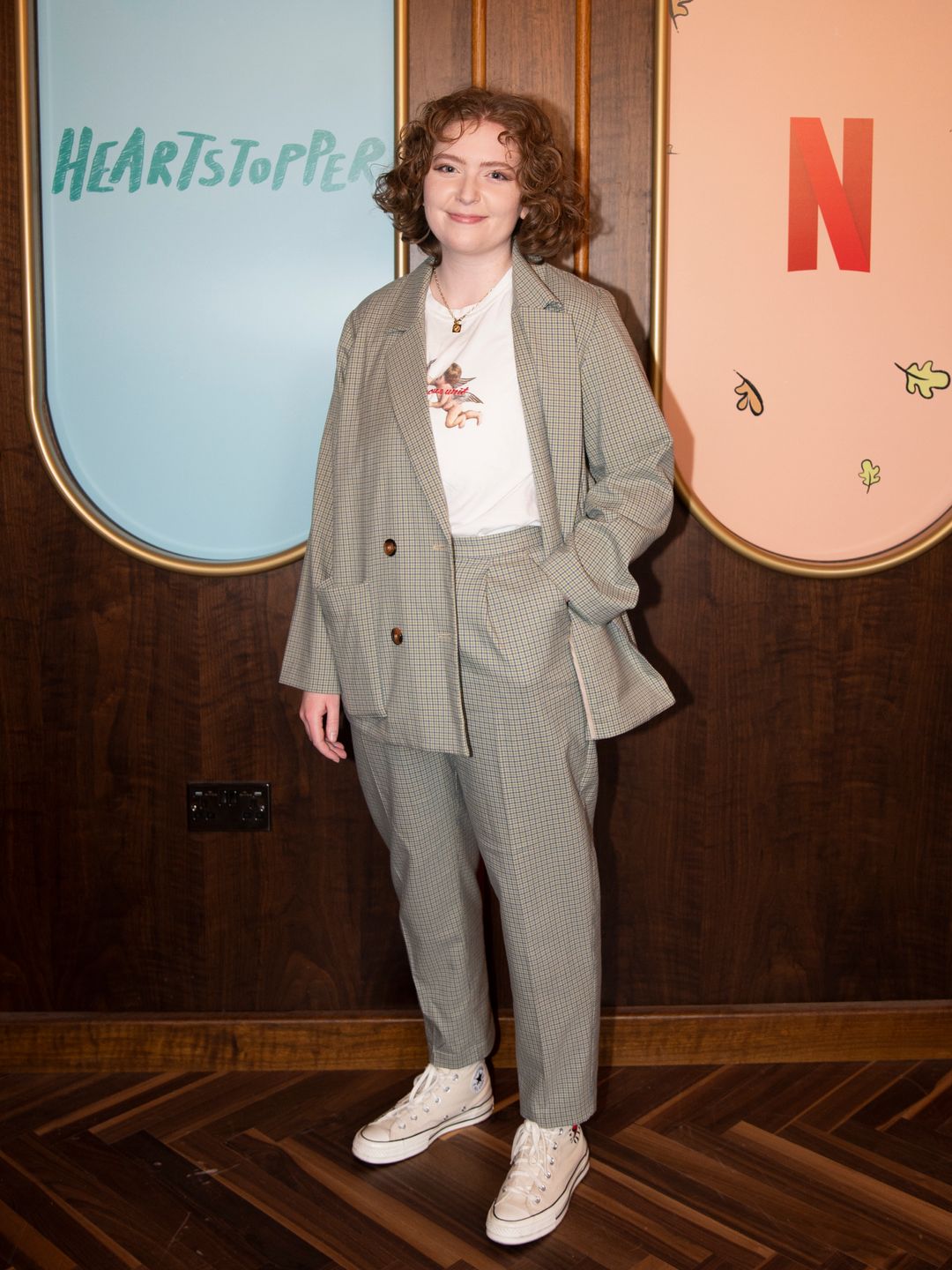 © NetflixHeartstopper’s creator Alice Oseman at the show’s season one premiere
© NetflixHeartstopper’s creator Alice Oseman at the show’s season one premiere
Alice admitted that when she was younger, there were times when she refused to completely accept her asexuality and aromanticism. “I went through a phase where I would try and force myself to like guys,” Alice said. “I think a lot of people can relate to that. And then trying to force yourself to do those things and just feeling like something is wrong and you don’t know what it is, that’s a really horrible feeling.”
Difficult times led to the Netflix show producer questioning her asexual identity from within the ace community. “For a couple of years I identified as demisexual,” the Solitaire author said, looking back on her early years after discovering asexuality. “I was still feeling a bit of denial… I thought ‘I kind of do feel like this, but maybe one day I’ll meet someone and won’t feel like this anymore.’ Even though that’s not what demisexuality is.”
What is demisexuality?
Demisexuality is a label which exists within the asexual community to describe individuals who do experience sexual attraction with others, but only after forming a particularly close emotional bond with them. The term demiromantic is also used to describe people who only experience romantic attraction in the same circumstances.
Alice described the journey of coming to terms with being ace and aro as one of “finding peace” with a part of your identity which differs from that which you likely expected you would have. Having grown up with “very little queer education”, the Radio Silence writer said she feels lucky to have been able to find out more about both identities and to have grown to love herself as she is.
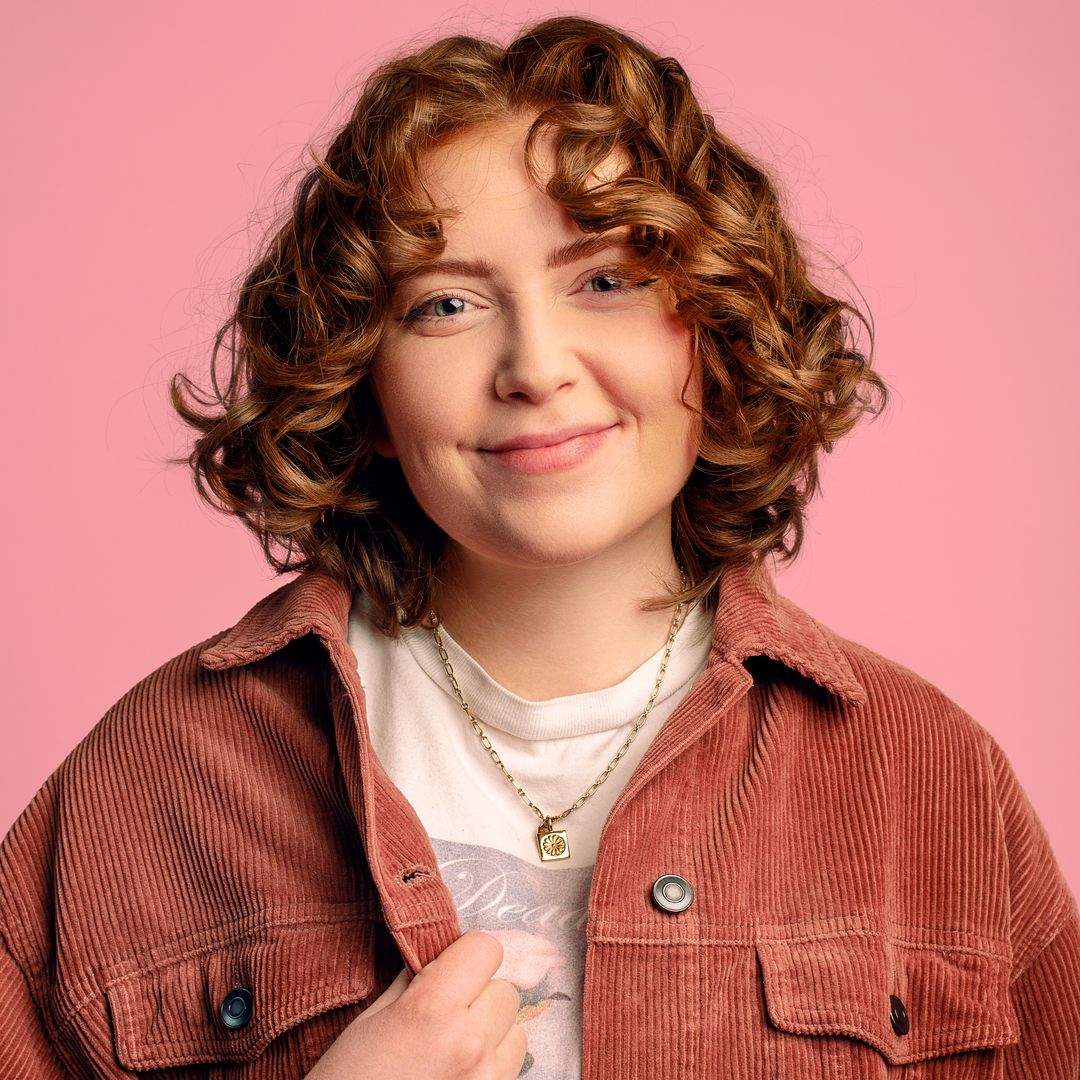 © Rega PhotographyThe Heartstopper creator is beloved by fans of her books, graphic novels and TV series
© Rega PhotographyThe Heartstopper creator is beloved by fans of her books, graphic novels and TV series
However, the Heartstopper creator stresses lots of ace and aro people are not so lucky. “I often think about how many people out there are ace and aro, [but] they just have no idea and think that there is something wrong with them,” the 28-year-old said.
Changing society
Alice learnt about aromanticism much later than when she first heard about asexuality. “People just don’t know what it is… What it means. They don’t know that being ace and aro are different things,” the author explained. “It’s sad to think about how we’re still – how we just want a basic understanding of what these identities are.”
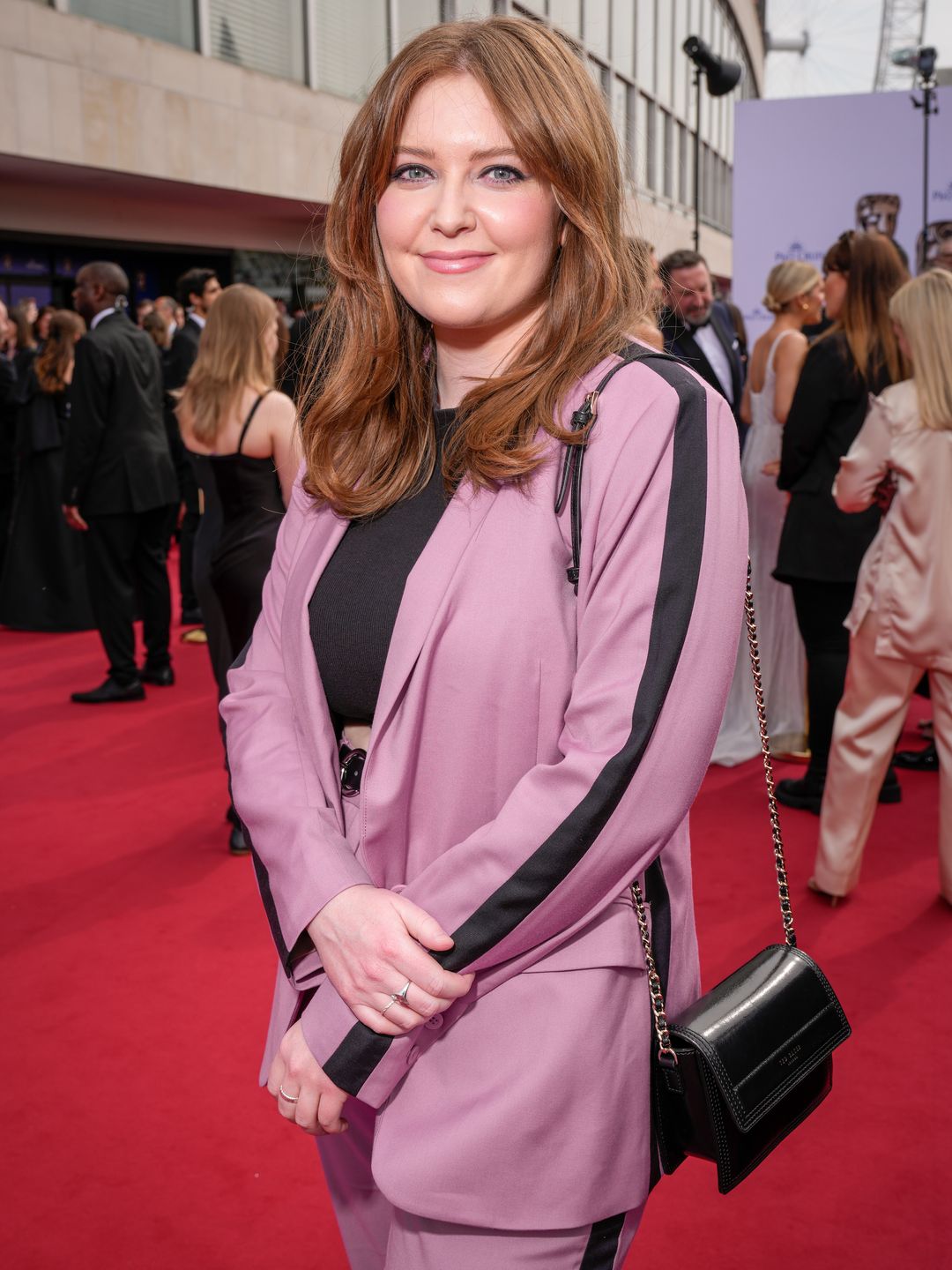 © Getty ImagesAlice Oseman attends the 2023 BAFTA Television Awards in May 2023
© Getty ImagesAlice Oseman attends the 2023 BAFTA Television Awards in May 2023
When asked what change she would most like to see in society to help ace and aro people, she said: “There’s still a very strong misconception about what asexuality and aromanticism mean… I would love for people to just know what [they mean], which feels like a very basic ask, to be honest.”
Coming out
Like many across the LGBTQ+ community, Alice recalled their coming out story having happened in many stages. The Rochester-born writer first came out to their friends before then moving online to their community on Tumblr. Then in 2020, with the publication of their fourth novel Loveless, things changed as Alice decided coming out more publicly would help them talk about the book – which focuses on the coming out story of a young ace and aro university student.
Alice said: “Looking back, I’m not sure it was quite the right time for me. I think I was still feeling a little bit uncertain and I wasn’t quite feeling as comfortable as I do now. But I clearly wanted to share it so that’s just how it happened.”
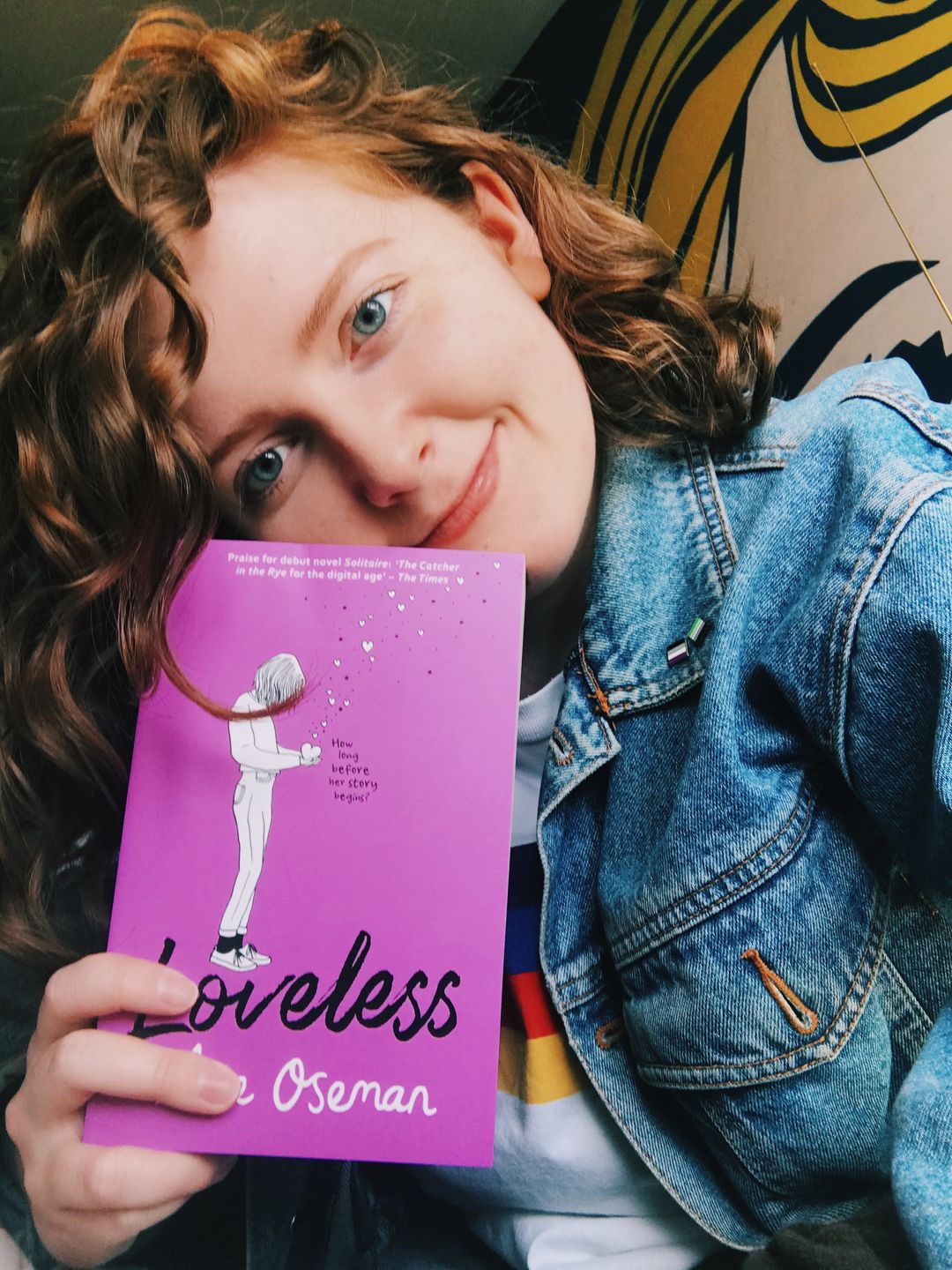 © Alice Oseman on TwitterAlice with her book Loveless in 2020
© Alice Oseman on TwitterAlice with her book Loveless in 2020
The subject of Pride inspires Alice, who considers it a movement with two important motivating factors. “The first is a celebration. A community coming together, celebrating each other, and looking back at history and seeing how far we’ve come [while] feeling joy in our identities.” The second part is the protest, described by Alice as a fight “for better rights, more equality, and against hatred and bigotry” towards all in the LGBTQ+ community.
But on the specific subject of ace and aro pride, Alice feels there is still some way to come. They acknowledge that online, a great sense of community has grown over the past few years – especially on sites such as Tumblr – and that the creation of an International Asexuality Day (6 April) and Asexual Awareness Week are great things (the first ever Aromantic Visibility Day was held 5 June 2023). However, they also addressed the issue of asexuality and aromanticism still not being much talked about or represented – despite the amazing work of activists such as Yasmin Benoit and organisations like AVEN.
Representation matters
Incorporating ace and aro representation into their works feels like second nature to the Heartstopper creator, who explained they have always focused on writing about issues which they care about in their projects.
 © NetflixCharlie (Joe Locke) and Nick (Kit Connor) in Paris in Heartstopper season two. Alice is known for including lots of queer representation in her stories
© NetflixCharlie (Joe Locke) and Nick (Kit Connor) in Paris in Heartstopper season two. Alice is known for including lots of queer representation in her stories
“After realising who I am and how big this part of me is, I knew I wanted to put it in my works,” Alice said. In their 2016 novel Radio Silence, Alice featured a demisexual character. Then in 2020, Alice focused on writing a “traditional coming out story” for an ace and aro main character in her novel Loveless.
Now, the author and screenwriter has also taken her enthusiasm for creating more asexual and aromantic representation to her major Netflix hit TV show Heartstopper, in which one of lead character Charlie’s best friends is due to have an ace and aro coming out story of his own. “Isaac is going to have an asexual and aromantic storyline in Heartstopper,” Alice revealed. The writer elaborated that Isaac’s identity focused story would be “introduced in a big way” in season two. Plus, they hope to carry it on in season three. Alice added: “Because there’s a lot to unpack, there’s a lot to explore, and there’s a lot to be said… I’m very excited!”
Young fame
Following the successful securing of her first publishing deal when she was just 17 years old, Alice was immediately thrust into the limelight. Looking back at the experience, she explained it had both “positives and negatives” in her life. The positives? “It launched my career,” Alice said. “I’m so grateful, because I’ve been able to be a writer and illustrator ever since I’ve left uni… I get to wake up and do something that I love every day.”
WATCH: Alice Oseman draws Nick and Charlie to announce season 2 and 3 of Heartstopper
However, the negatives also affected how enjoyable that experience could be. “When my first book was published I was 19, and the only thing anyone wanted to talk about was my age. They didn’t really want to talk about what the book was about or the themes of the story, they just wanted to talk about me being a young person,” Alice said.
The author continued: “It can be quite intimidating and difficult to always be the youngest person in the room… but I would never change what happened,” she added. “I feel very blessed.”
Surviving fame and social media
Another issue Alice had to face with growing world-wide fame was dealing with a rise in eyes on their social media. In late 2022, Heartstopper fans came under scrutiny after it was widely believed that online pillorying of one of the show’s main cast, Kit Connor, led to him feeling pressured to come out as bisexual on social media.
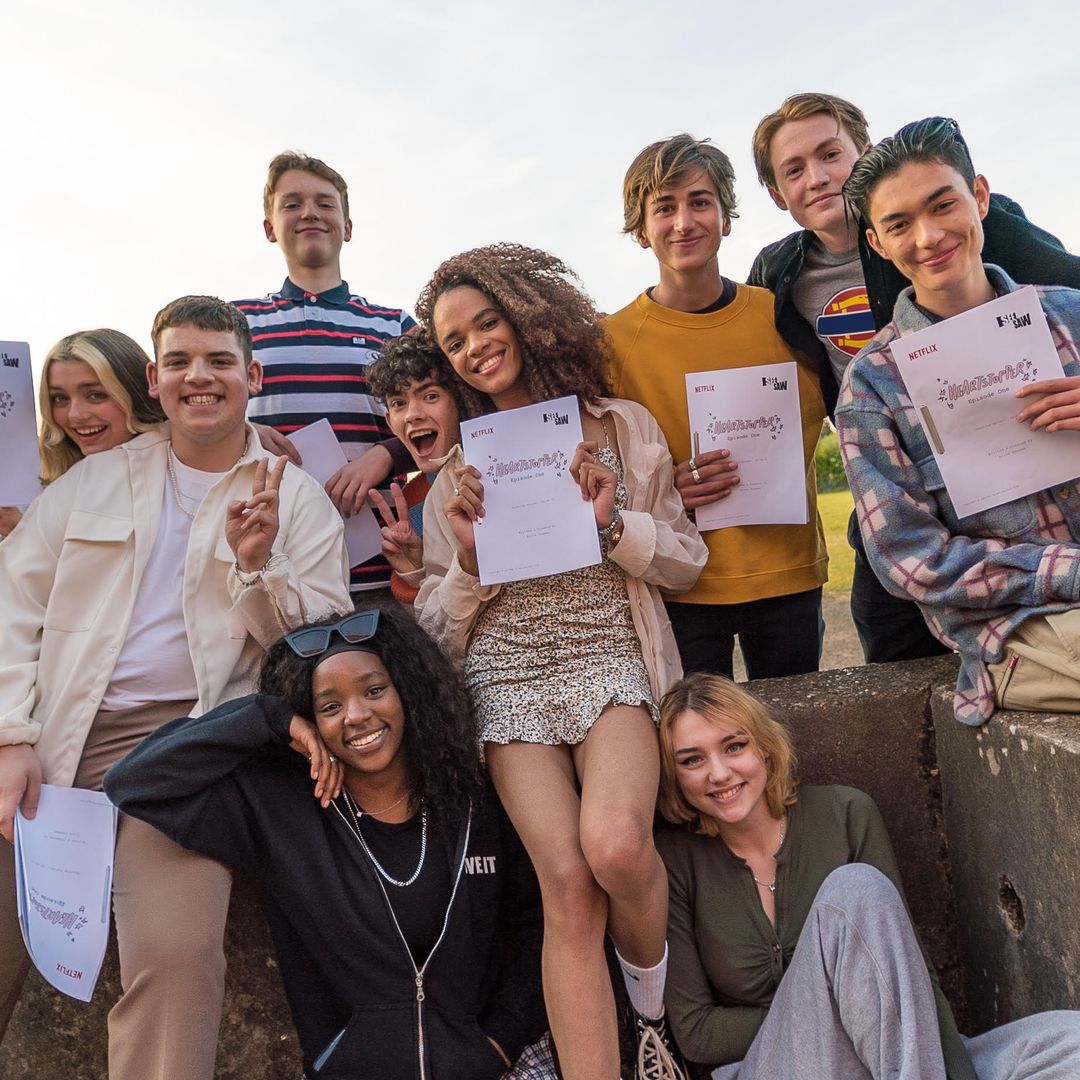 © NetflixThe Heartstopper cast skyrocketed to fame after the success of season one on Netflix
© NetflixThe Heartstopper cast skyrocketed to fame after the success of season one on Netflix
Responding to the event at the time, Alice tweeted: “I truly don’t understand how people can watch Heartstopper and then gleefully spend their time speculating about sexualities and judging based on stereotypes. I hope all those people are embarrassed as [expletive]. Kit you are amazing.”
Following increased stress and trouble related to her own socials, and especially on Twitter, Alice stepped away from social media for a month at the end of the year. When asked how that felt, her answer is clear. “It was amazing!” she said. “It really healed a part of my brain and I really hope that I can do that again at some point.”
 © Getty ImagesThe young author took a break from their socials in December 2022
© Getty ImagesThe young author took a break from their socials in December 2022
However, Alice has now returned to using social media (albeit more sparingly) as she doesn’t want to lose the connection she has with fans. As an author, in her younger years Alice often enjoyed interacting with her readers on her platforms such as Twitter and Tumblr, but now managing to keep up a similar connection is almost “impossible” due to how much her fandom has grown.
“There is a lot more separation now between me as a person and my work and my audience,” she said. “It’s a lot more overwhelming now to post anything because then you get thousands of interactions and you don’t really know what to do.” Alice admitted this does make her “sad sometimes”.
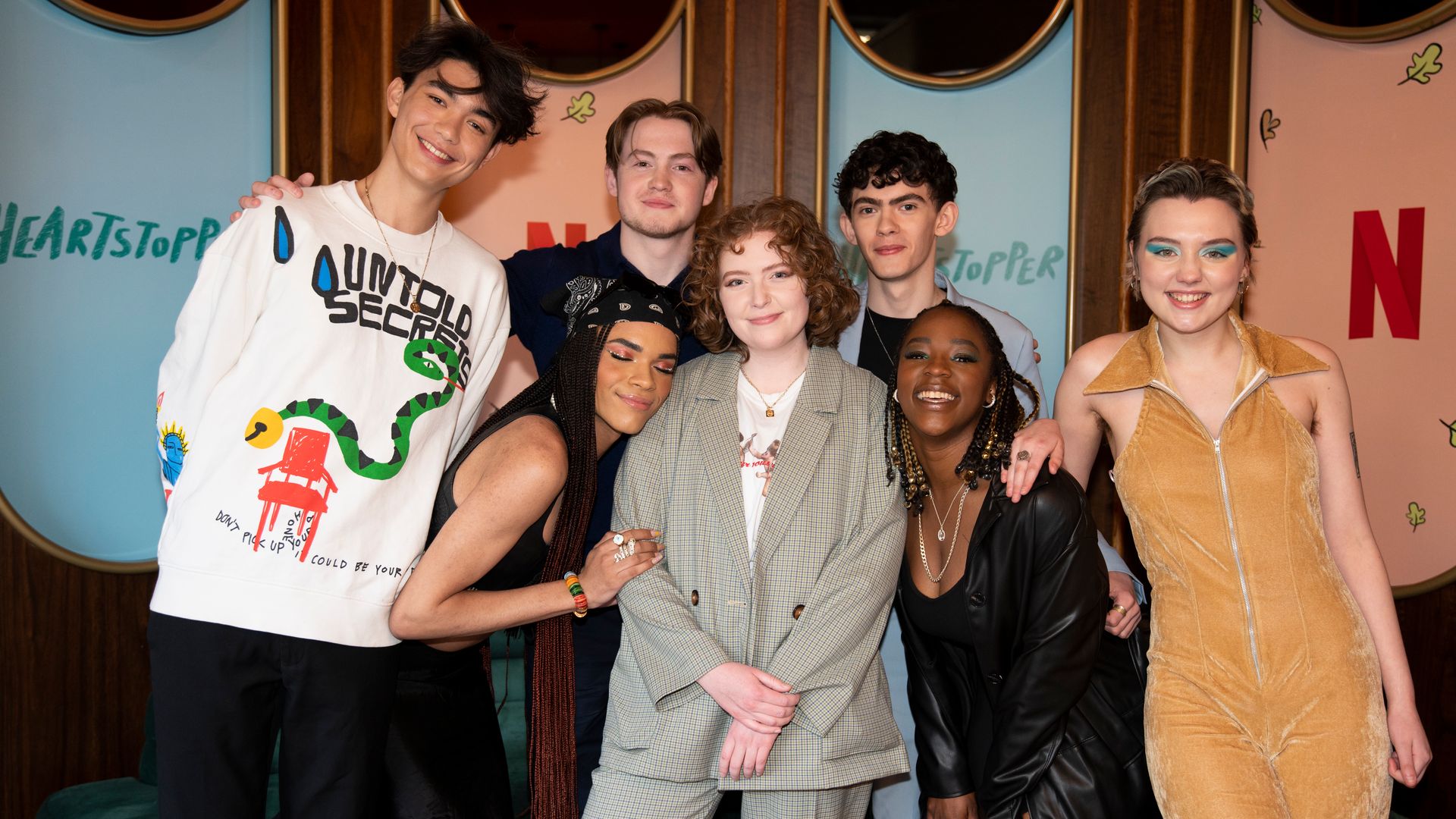 © NetflixAlice celebrating Heartstopper season one with its key cast members
© NetflixAlice celebrating Heartstopper season one with its key cast members
But Alice also reflected: “I try and find little ways to kind of keep in touch with readers and share things… I’m still struggling to find the balance, trying to find what parts of social media I genuinely enjoy using and focusing on that.” While Twitter is “really hard,” they find Instagram “feels safer”. Meanwhile, she highlighted both herself and the rest of the Heartstopper cast have now just about managed to adapt to their overnight skyrocketing in popularity and the further attention which that brings. Without a doubt, there are bright things ahead for this ace and aro inspirational writer.
For more on Alice’s work and future projects, they can be found on Twitter @aliceoseman, on Instagram @aliceoseman, and via her website: www.aliceoseman.com. Heartstopper season two is out 3 August; Volume 5 of the graphic novel is due for publication 9 November.
Don’t want to miss a story? Sign up to our What to Watch newsletter and get the heads-up on the shows and films everyone’s talking about.
Categories: Entertaintment
Source: HIS Education
